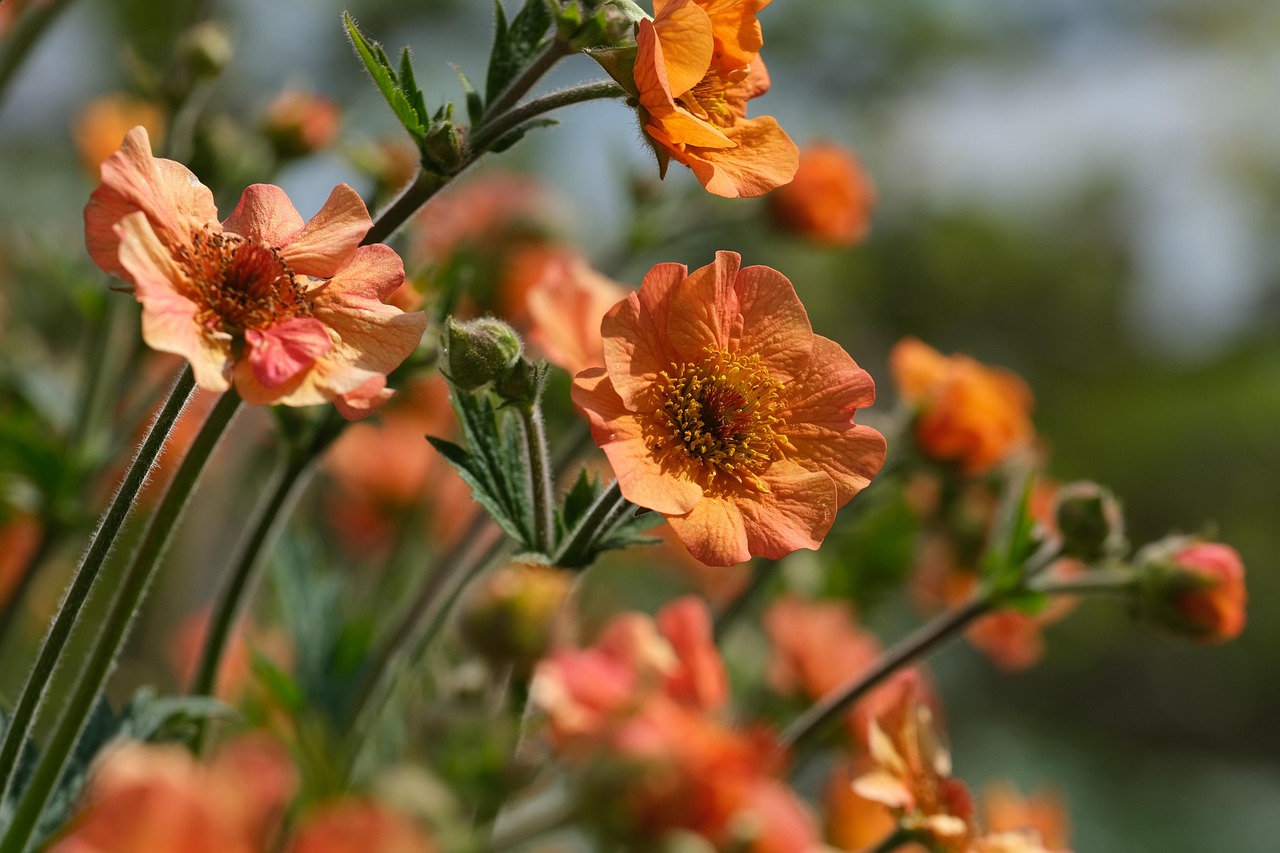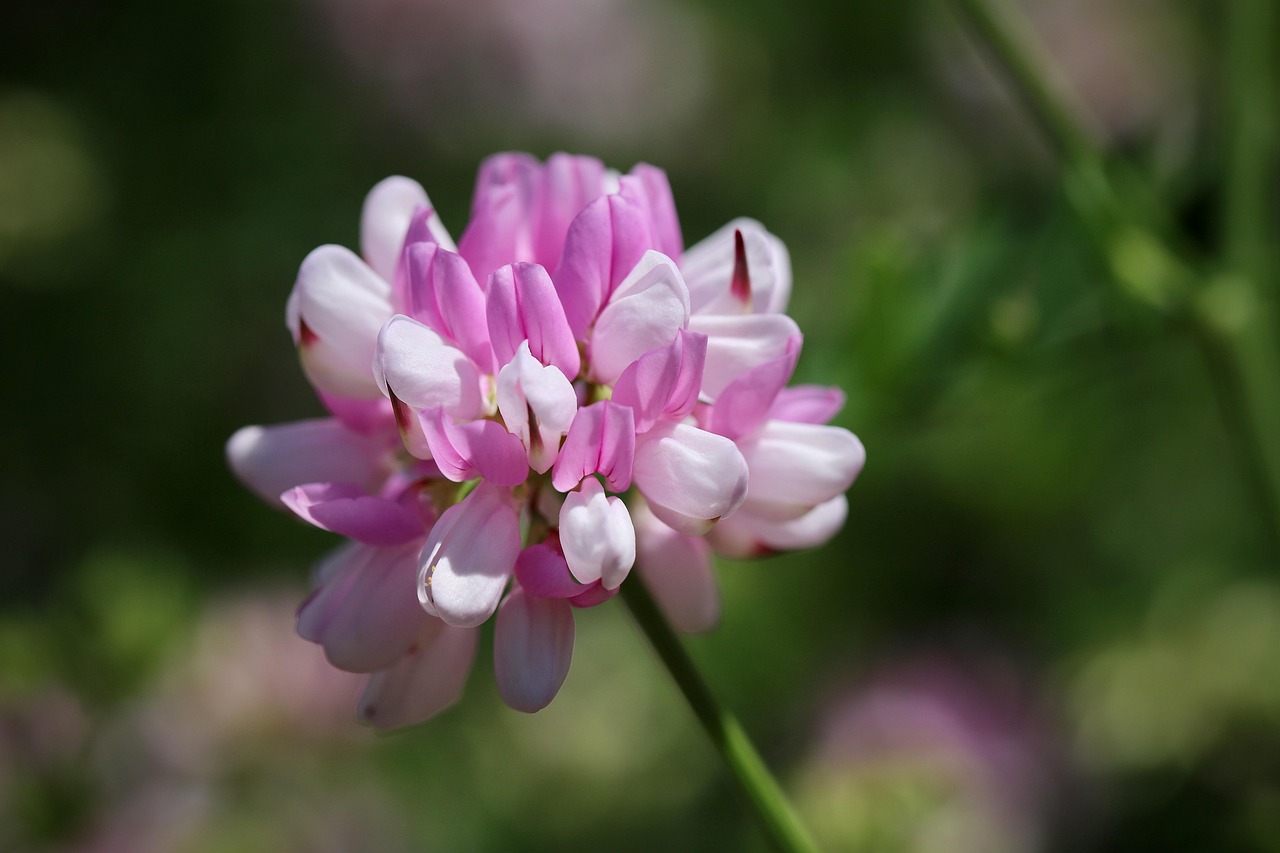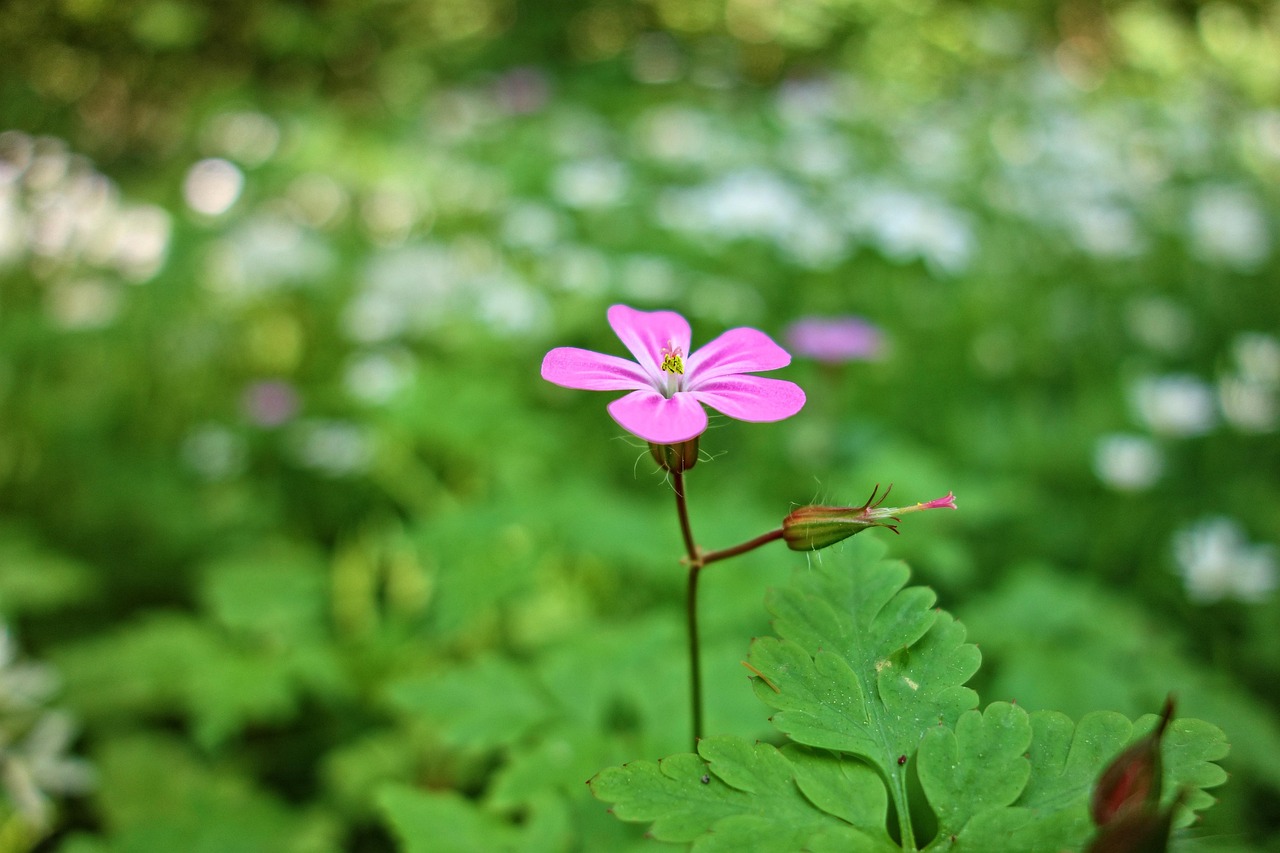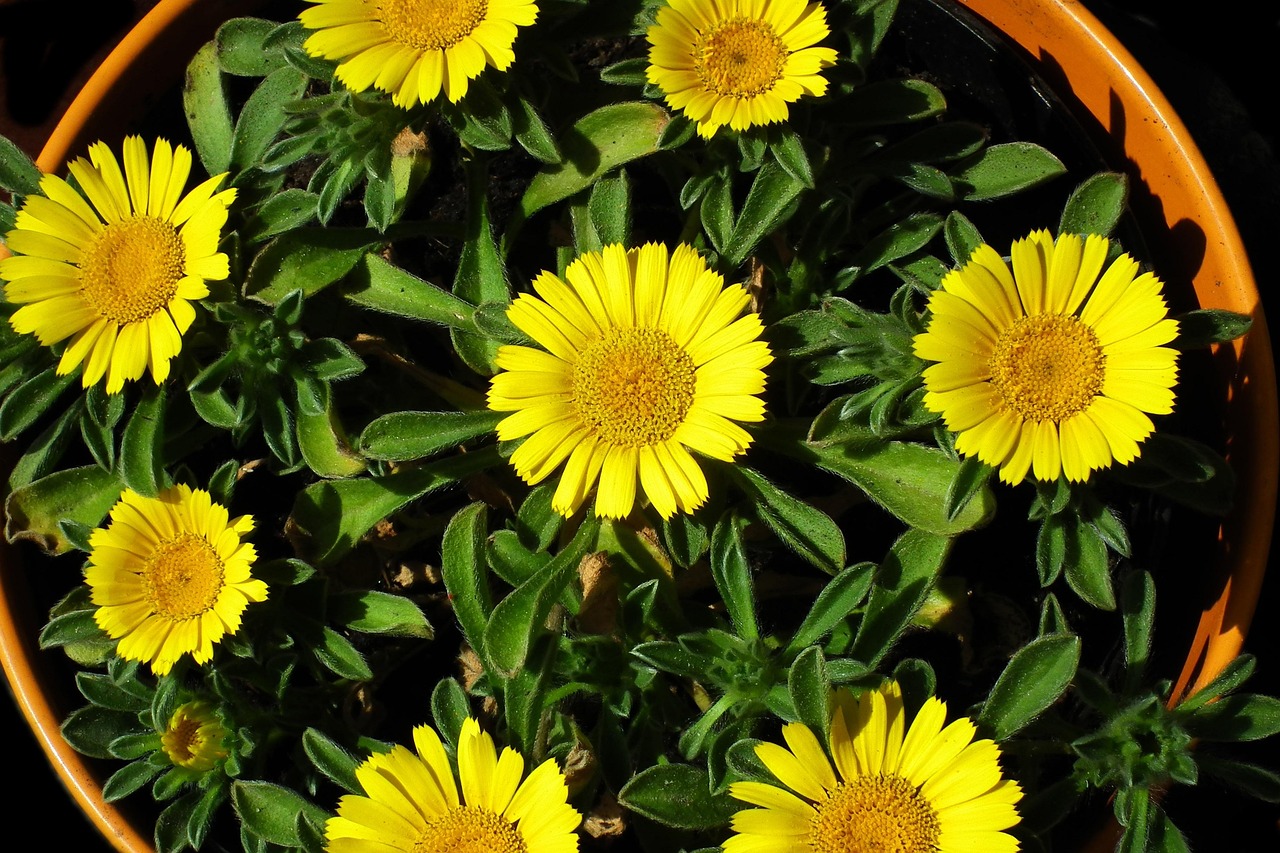Oncidium | The Radiant Orchid Known as the “Dancing Lady”
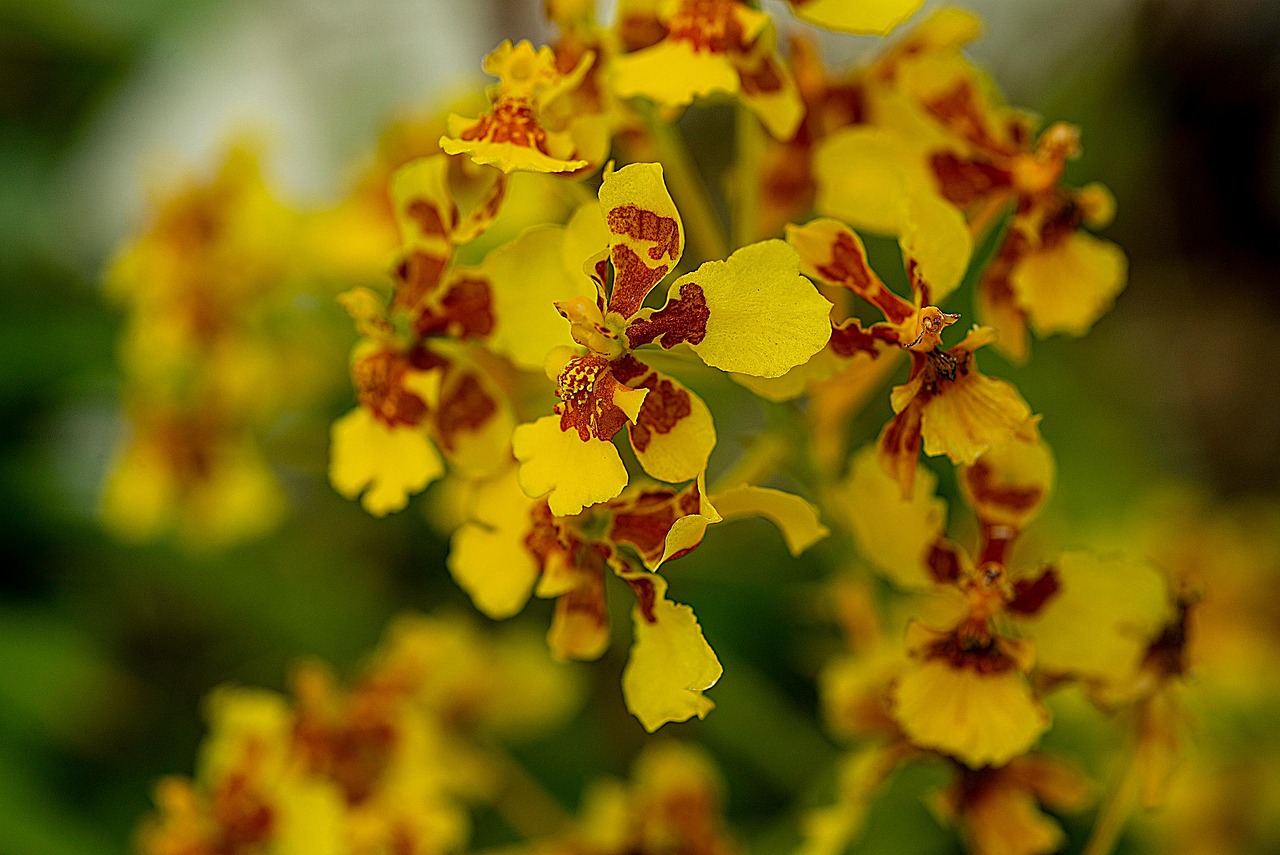
Oncidium is an orchid species renowned for its delicate yet striking clusters of small blossoms that bloom gracefully at the tips of its stems.
Available in shades of yellow, orange, and reddish-brown, the flower’s airy form has earned it the nickname “Dancing Lady Orchid.”
Because of its tolerance for low light, Oncidium is easy to cultivate indoors and is widely appreciated as an ornamental plant.
In this article, I will provide an in-depth overview of Oncidium, including its basic characteristics, cultural significance, historical background, and cultivation tips.
Basic Information
- Scientific name: Oncidium
- Family: Orchidaceae
- Origin: Central and South America (from Mexico to Argentina)
- Appearance: A slender stem bearing multiple small flowers with wavy petals, creating an elegant impression. At its base, the plant develops pseudobulbs that store water.
- Blooming season: Autumn to winter
Cultural Significance Worldwide
With its graceful floral display, Oncidium has been cherished across the globe.
In South America, where it originates from tropical rainforests, it has long been admired as an ornamental plant.
In Europe, during the orchid craze of the 19th century, Oncidium gained remarkable popularity. Numerous hybrids were developed, and the orchid became highly valued among the nobility for greenhouse cultivation.
In Asia, especially in Japan and Taiwan, Oncidium spread as a decorative plant. Due to the prevalence of yellow flowers, it came to symbolize happiness and prosperity and is often given as a New Year’s gift.
Historical Background
The name Oncidium derives from the Greek word onkos (“swelling”), in reference to the inflated shape of the lip (labellum) of the flower.
Introduced to Europe in the 18th century, its distinctive form and vivid colors attracted immediate attention.
By the 19th century, Oncidium had become one of the central orchids of the British “orchid fever.” Countless hybrids were bred, and many of today’s varieties trace their origins back to this period.
In the 20th century, orchid cultivation spread to America and Asia, with Taiwan emerging as a major producer.
Today, Oncidium remains one of the most popular and accessible orchids for enthusiasts worldwide.
Gardening Advice
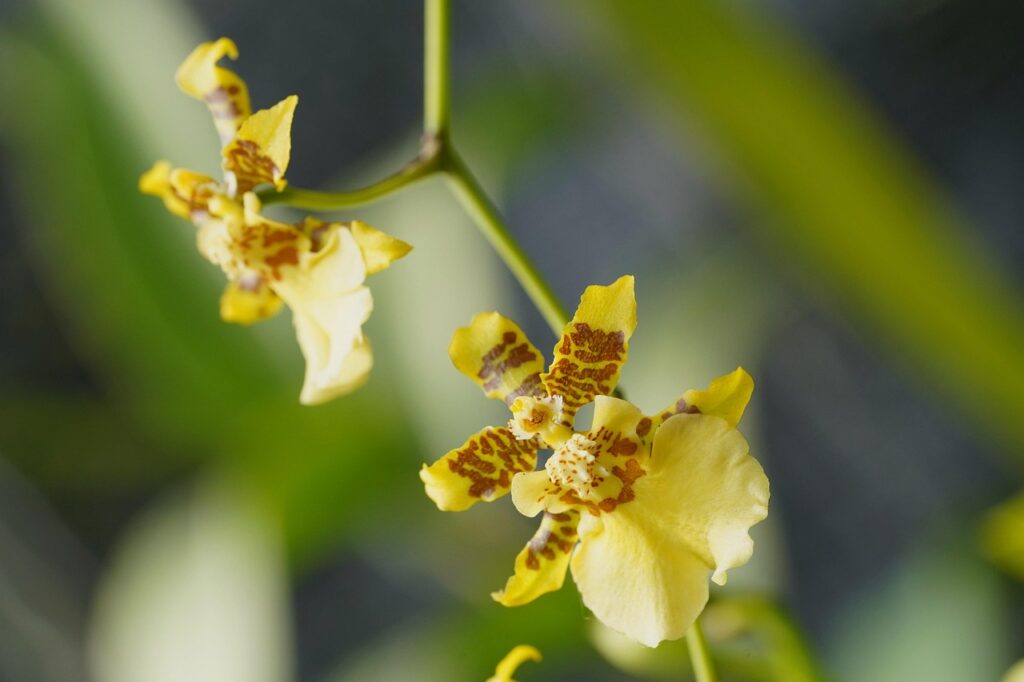
Oncidium thrives with proper care, rewarding growers with long-lasting and beautiful blooms.
Light
Prefers bright, indirect light. Direct sunlight may scorch the leaves, so filtered light is ideal.
Watering
Pseudobulbs store water, so avoid overwatering. Water thoroughly once the soil surface dries, ensuring good drainage. Reduce watering in winter to encourage budding.
Soil
Use well-draining orchid media such as bark chips or sphagnum moss.
Fertilizer
Apply diluted liquid fertilizer once or twice a month during the growing season. Avoid over-fertilization to protect the roots.
Temperature
Thrives in 15–25°C. Protect from temperatures below 10°C, and grow indoors in colder climates.
Humidity
Prefers high humidity. Good air circulation prevents disease. Humidifiers or light misting are beneficial.
Repotting
Every 2–3 years, repot in spring or early summer when roots become crowded.
Conclusion
Oncidium, with its lively, elegant blooms, has captured hearts worldwide since its origins in South America and the orchid craze of the 19th century.
Celebrated by European nobility and cherished as a symbol of happiness in Asia, it continues to be one of the most beloved orchids.
With proper light, humidity, and careful watering, Oncidium will reward you with long-lasting beauty.
Why not bring the brightness of its golden-yellow and orange blossoms into your home and let them enliven your space?

